Yes, injection molding can be automated, and in fact, automation plays a significant role in improving efficiency, precision, and cost-effectiveness in modern manufacturing. Automation in injection molding involves the integration of various technologies to streamline the production process, reduce human labor, and enhance consistency.
1. Automated Injection Molding Process
- Robot Arms: Automated robotic arms are commonly used to remove molded parts from the injection mold, reducing the need for manual labor. These robots can also place inserts into molds before injection, improving precision and speed.
- Temperature and Pressure Control: Automated systems monitor and adjust the temperature, pressure, and other process variables to ensure the correct molding conditions. This helps maintain high-quality production while minimizing defects.
- Material Handling: Automation can also extend to material handling, with systems that load pellets into hoppers, ensuring a continuous supply of raw material without interruptions.
2. Benefits of Automation in Injection Molding
- Increased Efficiency: Automation speeds up the injection molding process by reducing cycle times and eliminating downtime caused by manual handling or errors.
- Improved Consistency: Automated systems help maintain uniformity in part quality, reducing the variation that can arise from human error.
- Cost Savings: While initial investments in automation equipment may be high, the long-term benefits include reduced labor costs and higher throughput.
3. Applications of Automated Injection Molding
- Consumer Goods: Automated injection molding is widely used in producing plastic parts for products like toys, electronics, and packaging.
- Automotive and Aerospace: Precision-molded components for the automotive and aerospace industries benefit from automation to meet stringent performance and safety standards.
Overall, automation in injection molding offers significant advantages in terms of speed, accuracy, and cost-effectiveness, making it an essential part of modern manufacturing operations.
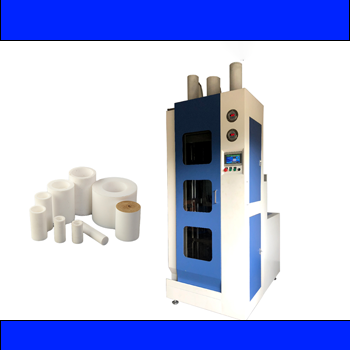
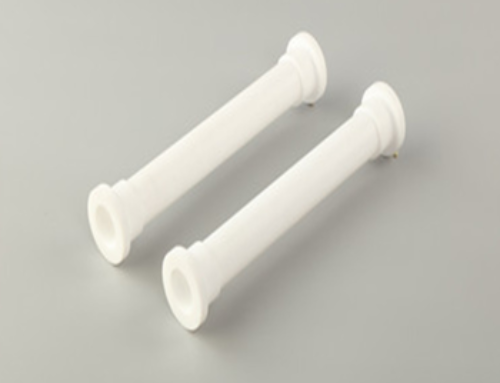
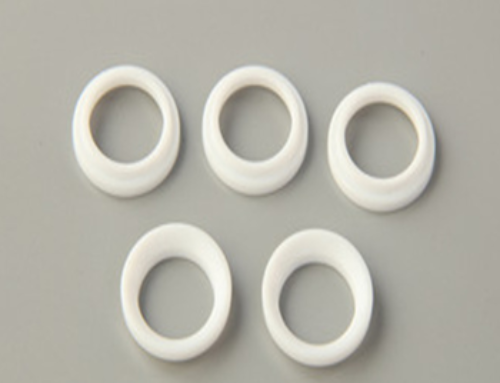
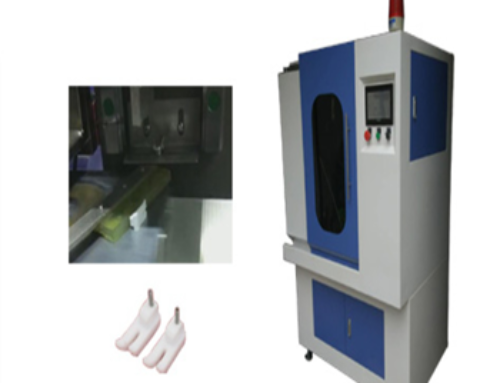
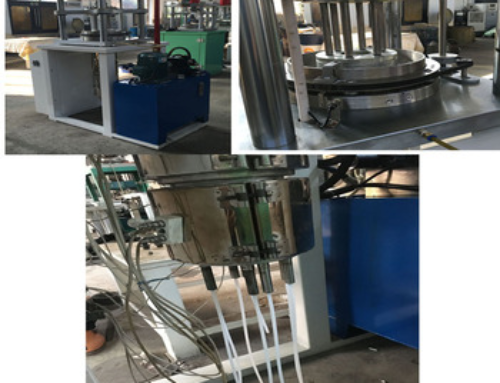
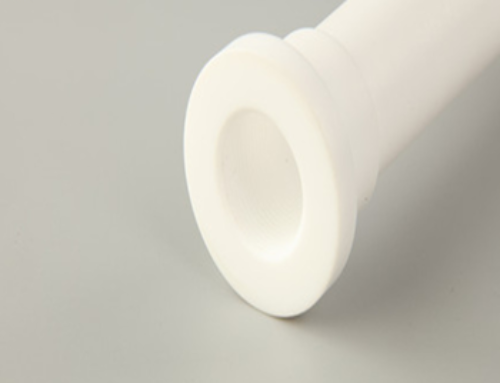

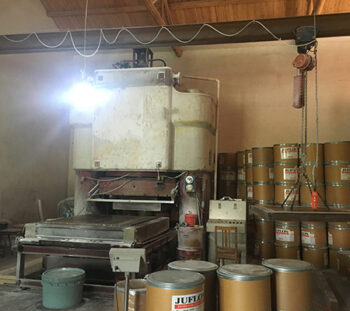
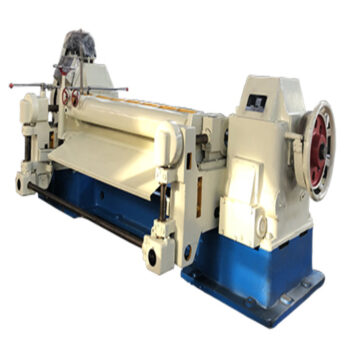
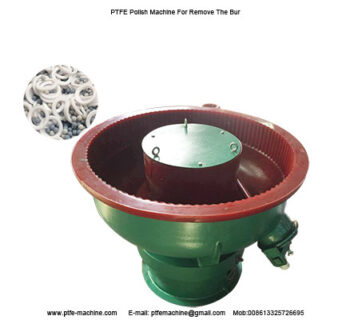
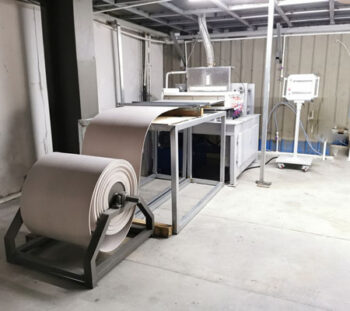
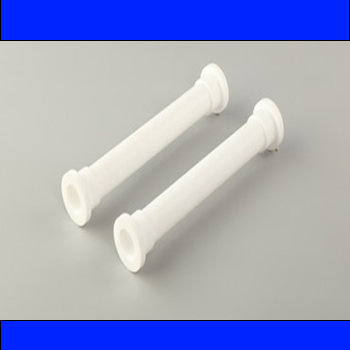

Leave A Comment
You must be logged in to post a comment.